Bronies. Pegasisters. Fans of “My Little Pony: Friendship is Magic” (MLP:FIM) exist worldwide and it’s not for no reason. Almost everyone has heard of the show at some point in their lives, and most people are at least a little bit familiar with the premise of the show. The attractive bright colors paired with the meaningful life lessons taught throughout the series worked together to create a popular show in the 2010s.
At first watching “MLP:FIM” at the ripe age of five, I was the ideal audience for the show. Growing up with it through its nine years of running, it taught me and millions of other viewers how to navigate friendships and relationships by learning through the ponies’ actions and lessons. Upon my multiple rewatches of “MLP:FIM,” I realized how significant the idea of genuinely teaching children how to maintain healthy friendships is.
The show’s elements such as unicorns & pegasi, an upbeat musical soundtrack, and bright colors are those that would typically be of interest to young girls. Despite this, its characters and stories are applicable to a wider audience because of its ability to naturally and maturely tie these elements together. For instance, a character named Fluttershy, who struggles with standing up for herself, is constantly re-learning the same lesson throughout the series. Instead of giving her a single-episode arc, Fluttershy’s development exemplifies how change is difficult and that no problem is immediately solved. Her arc shows that even though you can make efforts to grow, mistakes are normal, and no one is perfect.
Another lesson involves Pinkie Pie, Ponyville’s resident party planner. She struggles with jealousy when another pony, Cheese Sandwich, “out parties” her and takes over the planning of her best friend, Rainbow Dash’s, “Birth-a-versary”. Because of this, Pinkie Pie decides to hold a competition to decide who gets to plan the party. When she realizes that Rainbow Dash isn’t having fun, Pinkie Pie learns that she should let her best friend enjoy her day instead of letting her own jealousy take over. “MLP:FIM” allows its characters to have flaws, even if they are “ugly.”
The “Mane Six” have prevalent traits that almost consume their whole character and this was a genius concept to advance the show. Having six main characters can easily draw someone in to find deep relatability to any one of the characters, regardless of the viewer’s personality. This is especially important as it encourages the audience to be unafraid of being different. For example, the main character, Twilight Sparkle, is studious and intelligent, making her character easy to resonate for the more nerdy viewers. Fluttershy’s soft-spoken nature and kindness towards animals, as well as Rarity’s dramatic flare and interest in fashion are stereotypically “girly.”
On the flip side, Rainbow Dash and Applejack are athletic and seen as the “tomboys” of the group. Pinkie Pie is outgoing and excitable, which can entice viewers whose personalities align more towards her character. On top of these core personalities, all of these characters are given the freedom to deviate from them, allowing them the room to develop into a more complex and interesting character.
During the same time of “My Little Pony: Friendship is Magic”’s appearance on TV, the other shows running alongside it were those such as “Uncle Grandpa,” “Breadwinners,” and even “Teen Titans Go!” These shows are typically full to the brim with brain rot and lacking in valuable content. It is excusable, as most of these shows were labeled as comedy, while “MLP:FIM” is more of an action-based show, meaning they don’t necessarily land on the same scale. With this, though, they still aren’t able to level up with “MLP:FIM” in terms of the educational and helpful values of the shows that had been streaming at the time. Their characters can be harder to deeply connect with. Their situations and comedy often follow the peculiar “random = funny” ideology, usually turning most situations into a moment for comedy rather than connection. “MLP:FIM” opens countless moments to allow for deeper and more emotional attachments to its characters.
This lack of depth can easily grow old to viewers, while “My Little Pony: Friendship is Magic” is able to create a rather evergreen level of relatability to its characters. This makes it difficult to beat in terms of a children’s show appropriate and enjoyable for every audience yearning to connect with a show’s characters.
“My Little Pony: Friendship is Magic” made history. Despite the fact that it began over 14 years ago, its fanbase is still large and alive with hundreds of new fan-made content coming out every day. While indulging in fan content from the audience, it becomes addicting to relive memories upon rewatching, and bring up childlike whimsy and positive nostalgia from childhood. “MLP:FIM” has an ability to always spark interest, even in those who are no longer indulging in the show, making it one of the most timeless shows in all of television history. Without a doubt, you would be positively impacted by living, or maybe reliving, the friendship lessons of the loveable “Mane Six” of “MLP:FIM.” Brohoof.

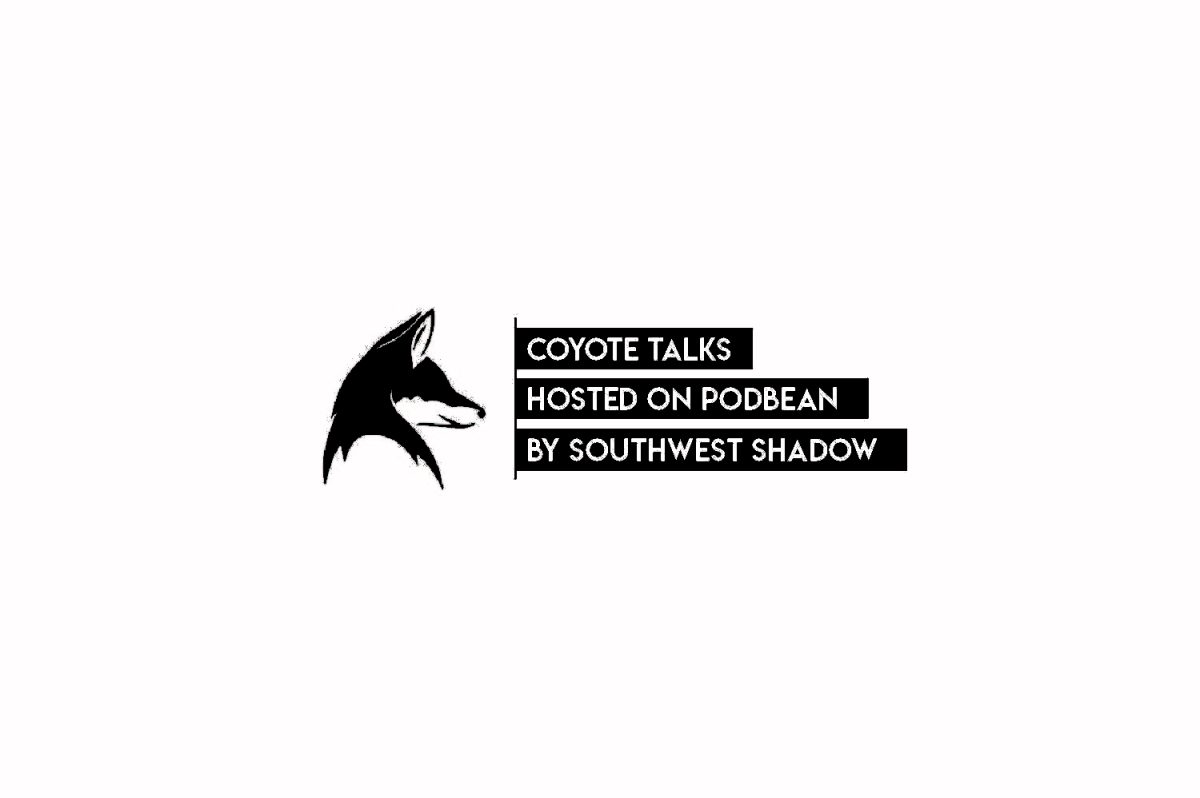
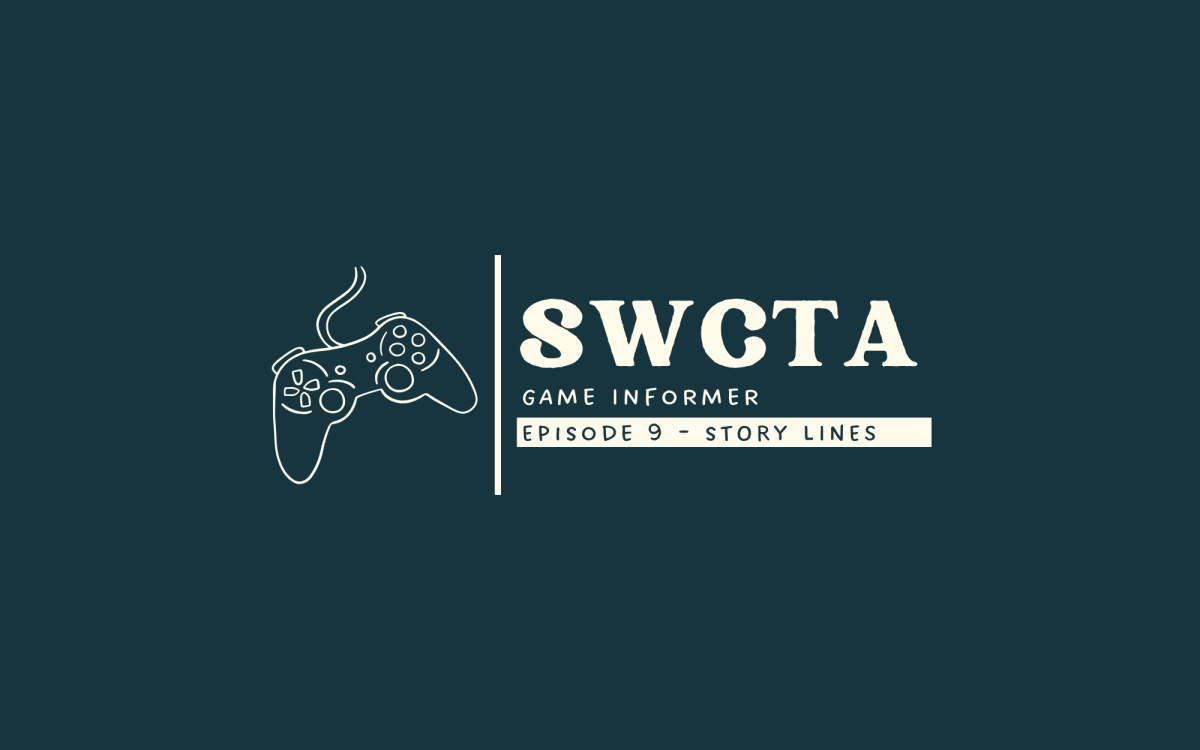



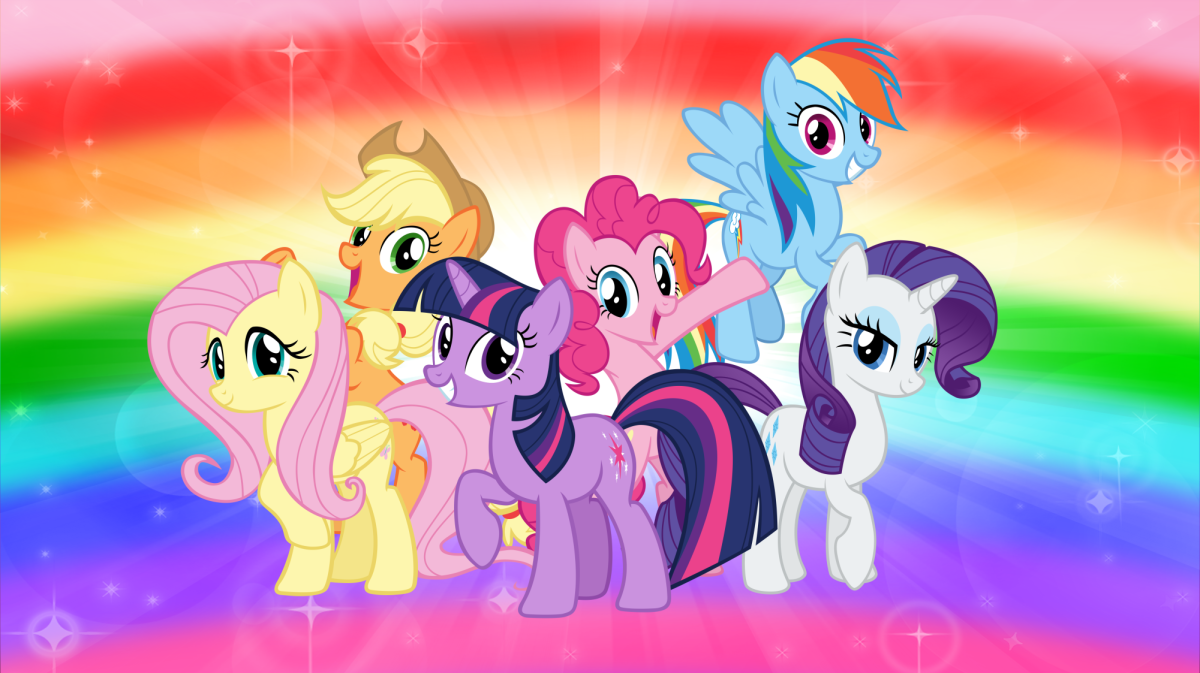

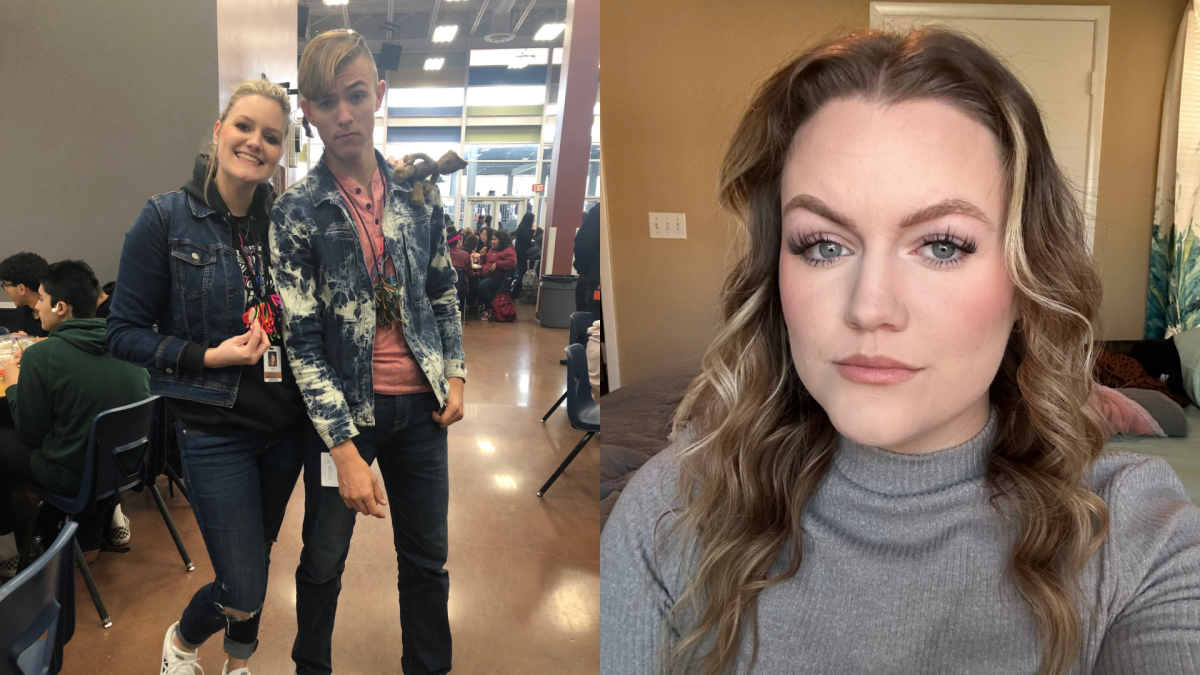


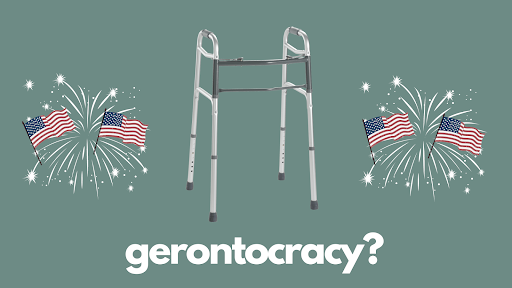
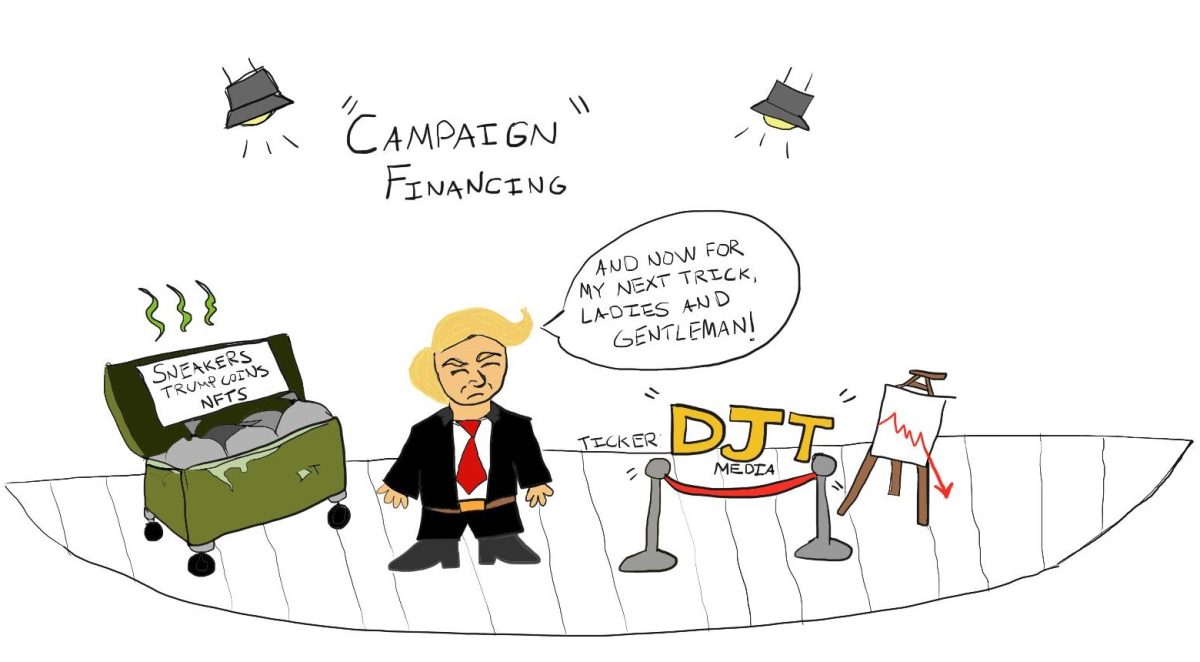

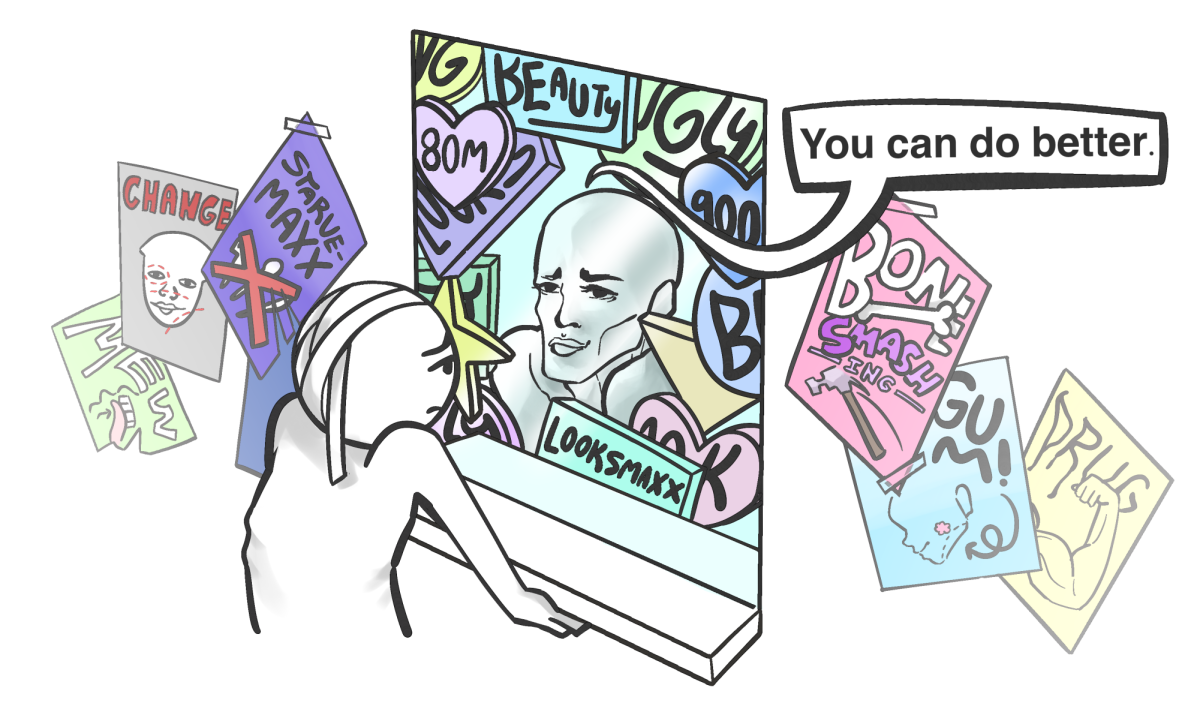
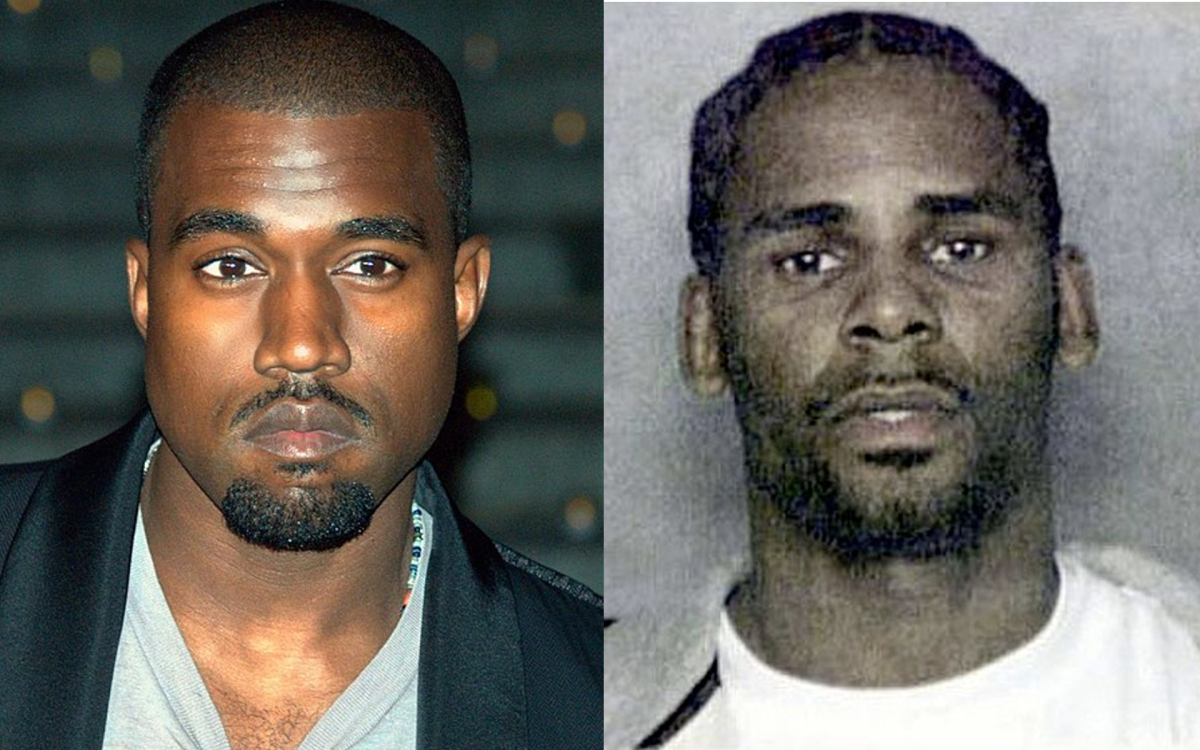

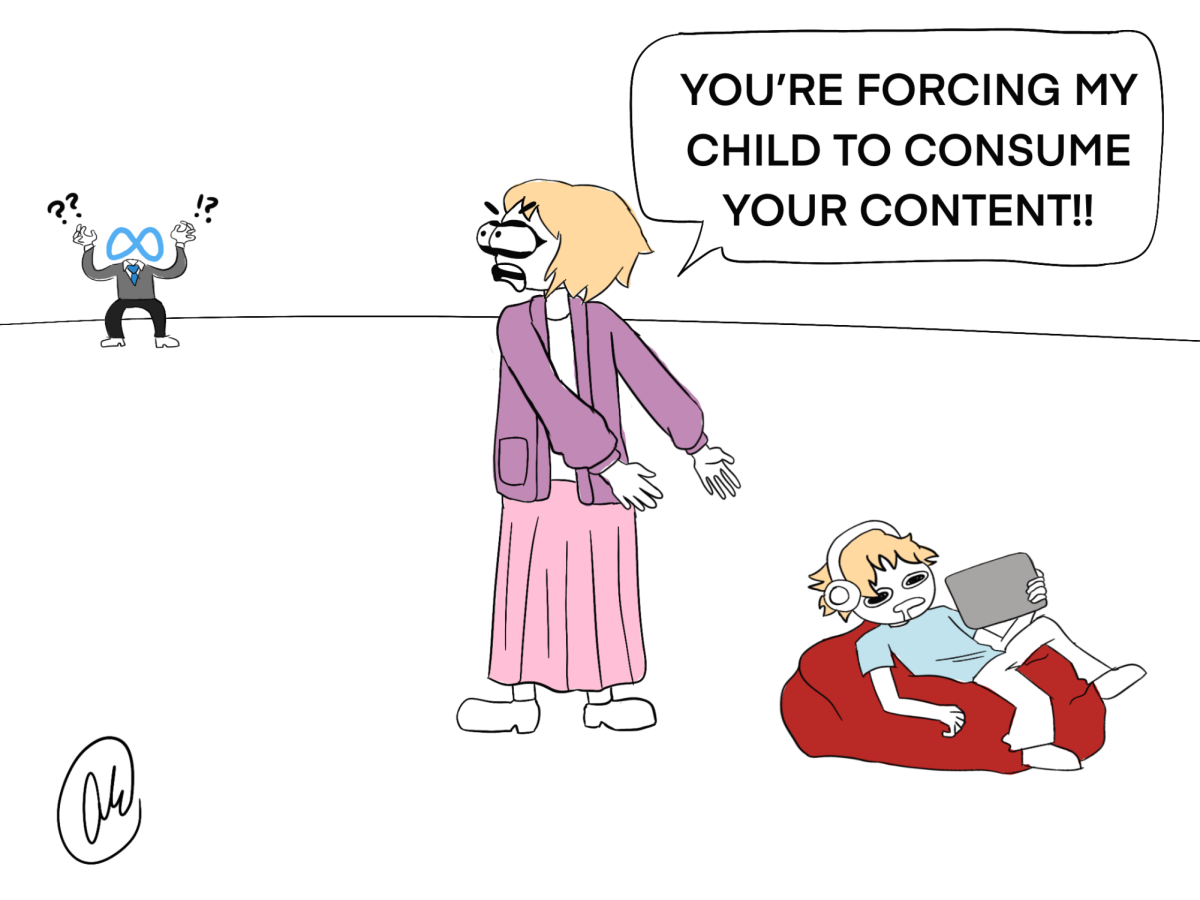
KP • May 15, 2024 at
Spongebob on top…